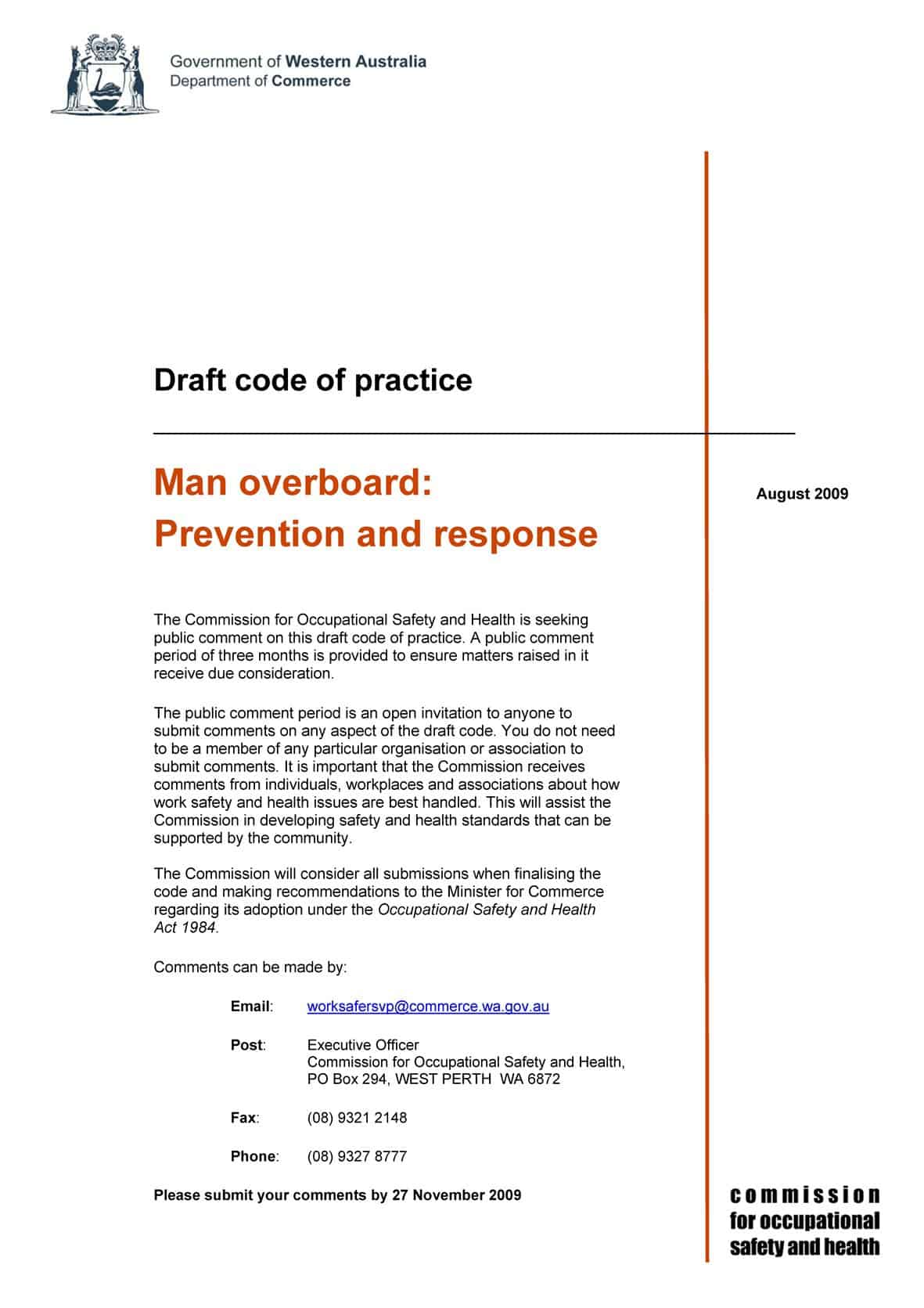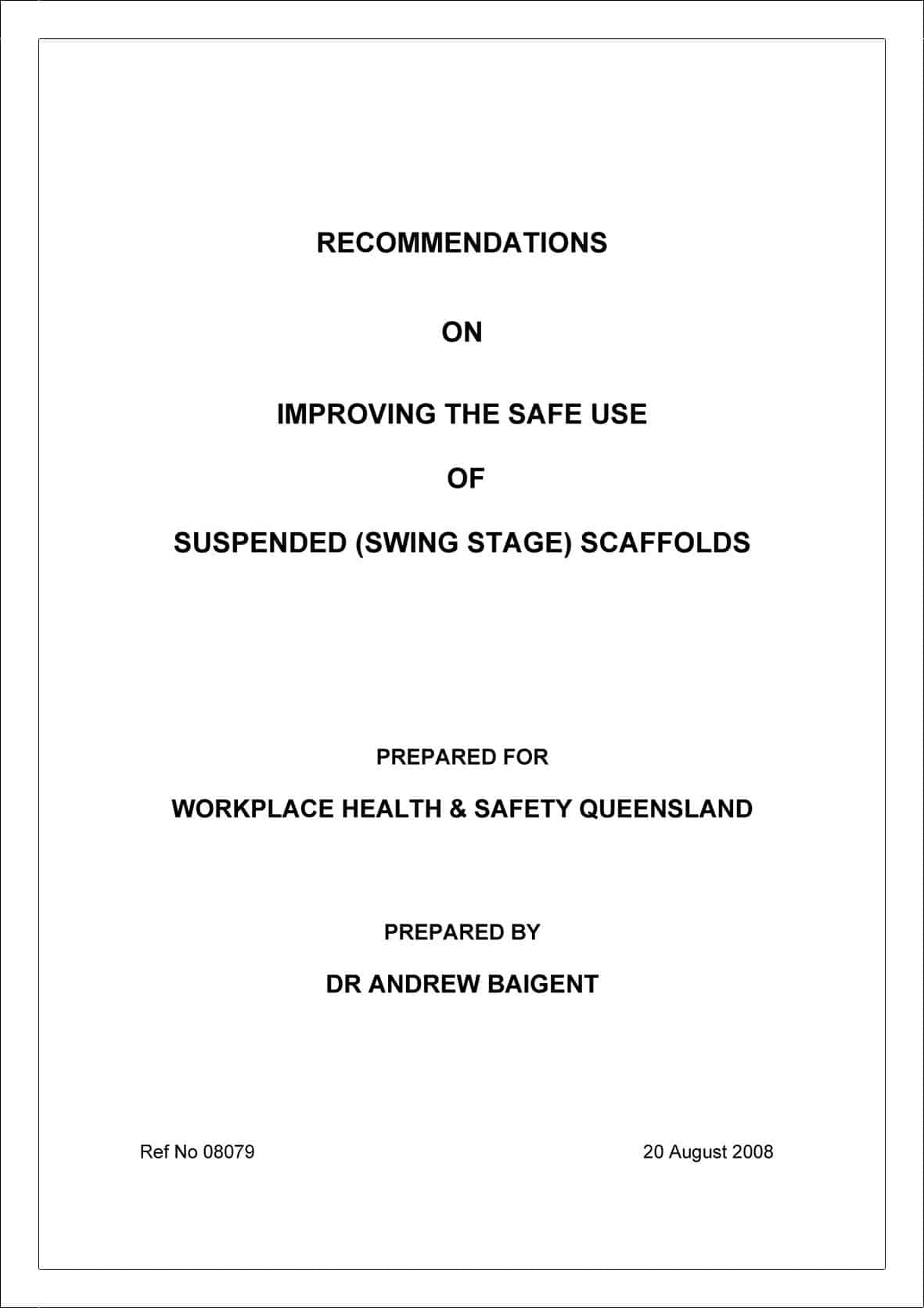[Expansion on recent SafetyAtWorkBlog article regarding Standards]
It’s always going to present complications when a tech standard is magically converted into law by incorporating it into a regulation. And that happens whether it’s an AS/NZ tech standard or one produced in Europe.
The fundamental problem is that tech standards are often not produced with enforcement in mind.
The core questions that drafters for each type of document have to ask are fundamentally different. The law drafter has to constantly ask: “What am I demanding and why? Does what I’m demanding fit sensibly and reasonably within the scope of the powers I have? How does a person comply with what I’m demanding? How do I prove that person is not complying?” Very few elements of those questions need to be addressed when developing a technical guidance document.
This is what leads me to think that it’s wrong to defer to incorporating technical standards in regulations. That’s not to say that it is always wrong. When a tech standard, or even a section of it that’s incorporated, includes the best thinking on achieving a good outcome, and that outcome is pretty well universally accepted as the right one and no issues of achieving or proving compliance crop up, then incorporate away I say.
But I think there are just too many good reasons to make the default option recommending tech standards or the type of standard setting body in a code of practice. The absence of mandatory requirements in a code stops the punter (or a regulator) being confused by trying to understand a technical guidance document in the context of mandatory requirements.
The code of practice route for applying tech standards also has that excellent element of letting the best thinking apply to a given problem; given that codes allow people to choose alternatives that are comparable to a tech standard recommended in a code. This is critical. When people know what type of standard or standard setting body an enforcement agency has confidence in, then the global state of knowledge can be brought to bear on a safety problem. That has got to be always a good thing.
I don’t see any reason for Standards Australia to give the game away because they are increasingly not having their productions transformed into law. All strength to their arm in fact. There’s no reason Standards Australia shouldn’t aim to be produce world’s best practice and thinking on safety solutions. Everyone gains from that.
Col Finnie
col@finiohs.com
www.finiohs.com





